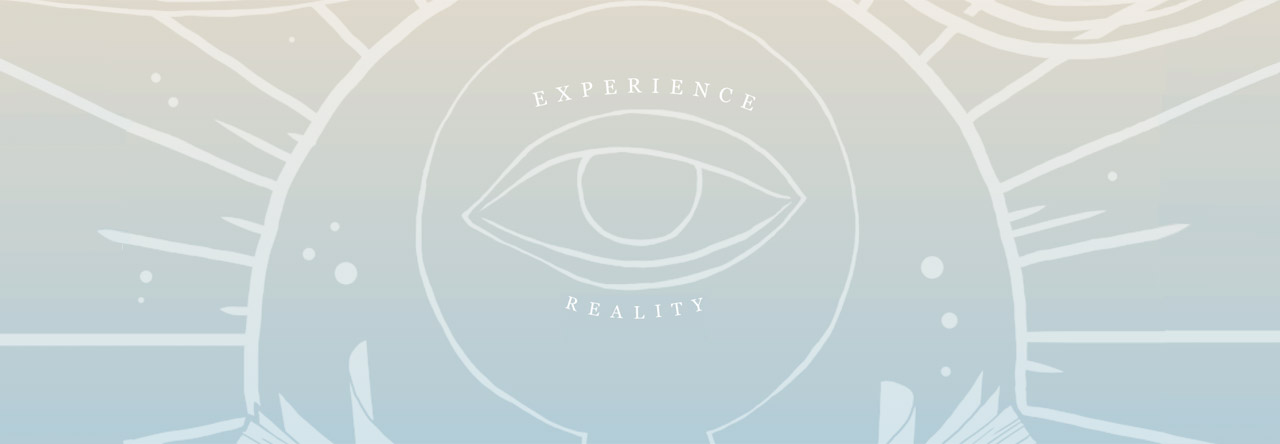Have you ever thought about how you would go about actually making Willy Wonka’s lickable wallpaper? I have…quite often. Meet Heston Blumenthal and his very fantastical cookbook with which you can learn how to make lickable wallpaper, an edible graveyard and all sorts of other  crazy edible delights.
crazy edible delights.
“I wanted to create feasts that captured the spirit of their times. They had to be theatrical and fantastical, stimulating all the senses and conjuring up for my guests all sorts of memories and allusions and associations, as though I had waved a magic wand. To that end, I explored some strange places and some even stranger ideas. I ate boar’s eyes, Play-Doh and a lot of Spam. I went to the walled city in Fes to get tips on cooking camel meat and to snowy Transylvania to find out about a legendary recipe for leeches fed of goose blood. I tried to make edible bones, lickable wallpaper, floating food, superstringy cheese, a savory Zoom lolly and fake Champagne using a SodaStream. It was a mad, invigorating, informative, frustrating, funny, shocking and surprising journey-and it’s all here in the pages of this book.”
Within the cookbook you are given six different Feasts; A  Fairy Take Feast, A Gothic Horror Feast, A Titanic Feast, A Chocolate Factory Feast, A Seventies Feast and An Eighties Feast to create and told exactly how to go about doing so.
Fairy Take Feast, A Gothic Horror Feast, A Titanic Feast, A Chocolate Factory Feast, A Seventies Feast and An Eighties Feast to create and told exactly how to go about doing so.
Take a look at the Fairy Tale Feast. It includes Cinderella’s Pumpkin (Pumpkin Puree, Langoustine Tail and Osetra Caviar Sprinkled with Golden Fairy Dust), The Goose That Laid The Golden Egg (Chicken Testicle Jelly Beans, White Bean Veloute, Peashoot Beanstalk, Golden Egg and Shredded Goose Leg), Snow White’s Heart & The Wicked Queen’s Apple (Deep-fried Boar’s Ears, Braised Cheek and Tongue, Snout Sausage, Gribiche and Radish Eye Apples with Boar’s Heart Parfait) and Hansel & Gretel’s Edible House (Shortbread Roof Tiles, Marshmallow Bricks, Sugar Stained-glass Windows, Aerated Chocolate Door, Green Moss, Welcome Mat).
Golden Egg and Shredded Goose Leg), Snow White’s Heart & The Wicked Queen’s Apple (Deep-fried Boar’s Ears, Braised Cheek and Tongue, Snout Sausage, Gribiche and Radish Eye Apples with Boar’s Heart Parfait) and Hansel & Gretel’s Edible House (Shortbread Roof Tiles, Marshmallow Bricks, Sugar Stained-glass Windows, Aerated Chocolate Door, Green Moss, Welcome Mat).
I suggest you pick up a copy of Heston’s Fantastical Feasts and get to cookin’. Enjoy.
by Zita






 Dean Faulkner Wells passed away yesterday at the age of 75 after suffering a collapsed lung. Dean Faulkner Wells was the niece of William Faulkner and he became her legal guardian shortly before she was born when her father died in a plane crash.
Dean Faulkner Wells passed away yesterday at the age of 75 after suffering a collapsed lung. Dean Faulkner Wells was the niece of William Faulkner and he became her legal guardian shortly before she was born when her father died in a plane crash.

 From her short-lived gig as a restaurant reviewer to the dates that ended with trips to the emergency room, Sandra writes with verve and style about the struggle of a modern young woman to come to terms with a potentially deadly disorder.
From her short-lived gig as a restaurant reviewer to the dates that ended with trips to the emergency room, Sandra writes with verve and style about the struggle of a modern young woman to come to terms with a potentially deadly disorder.

 When Preston Lauterbach set out to write
When Preston Lauterbach set out to write  Soon I started to hear a lot about a guy named
Soon I started to hear a lot about a guy named 



 I am really, really excited about the new Southern gardening book which just appeared in my gardening section by surprise a couple of weeks ago. Everyone who has looked at it agrees with me that it is a beautiful book, but also a “keeper” for Southern gardeners. The photos alone are “eye candy” for obsessed gardeners. Just thumbing through it gave me a thrill to see all of the “knock-down/drag out ” plants and flowers. From the close up photos of such individual flowers as the Crinum lily called “Sangria” and the closeup photo of the Mayhaw blossoms, to the larger photos of such glorious trees as the Changsha tangerine growing in Texas, to the Satsuma tree also in Texas, well, my heart leaped for joy.
I am really, really excited about the new Southern gardening book which just appeared in my gardening section by surprise a couple of weeks ago. Everyone who has looked at it agrees with me that it is a beautiful book, but also a “keeper” for Southern gardeners. The photos alone are “eye candy” for obsessed gardeners. Just thumbing through it gave me a thrill to see all of the “knock-down/drag out ” plants and flowers. From the close up photos of such individual flowers as the Crinum lily called “Sangria” and the closeup photo of the Mayhaw blossoms, to the larger photos of such glorious trees as the Changsha tangerine growing in Texas, to the Satsuma tree also in Texas, well, my heart leaped for joy. Heirloom Gardening in the South is divided into these sections: “Exploring Our Gardening Heritage”, “Rediscovering a Wealth of Southern Heirloom Plants”, “The Right Plant in the Right Place”, “Heirloom Plants of the South”, and “How Our Gardens Grew: Creating Your Own Garden Traditions”. Within each of these sections are logical divisions, such as in “Exploring Our Gardening Heritage”, the reader/gardener will find Native American influence, Spanish influence, French influence, African influence, English influence, German influence, Italian influence,and Asian influence. -Nan
Heirloom Gardening in the South is divided into these sections: “Exploring Our Gardening Heritage”, “Rediscovering a Wealth of Southern Heirloom Plants”, “The Right Plant in the Right Place”, “Heirloom Plants of the South”, and “How Our Gardens Grew: Creating Your Own Garden Traditions”. Within each of these sections are logical divisions, such as in “Exploring Our Gardening Heritage”, the reader/gardener will find Native American influence, Spanish influence, French influence, African influence, English influence, German influence, Italian influence,and Asian influence. -Nan

